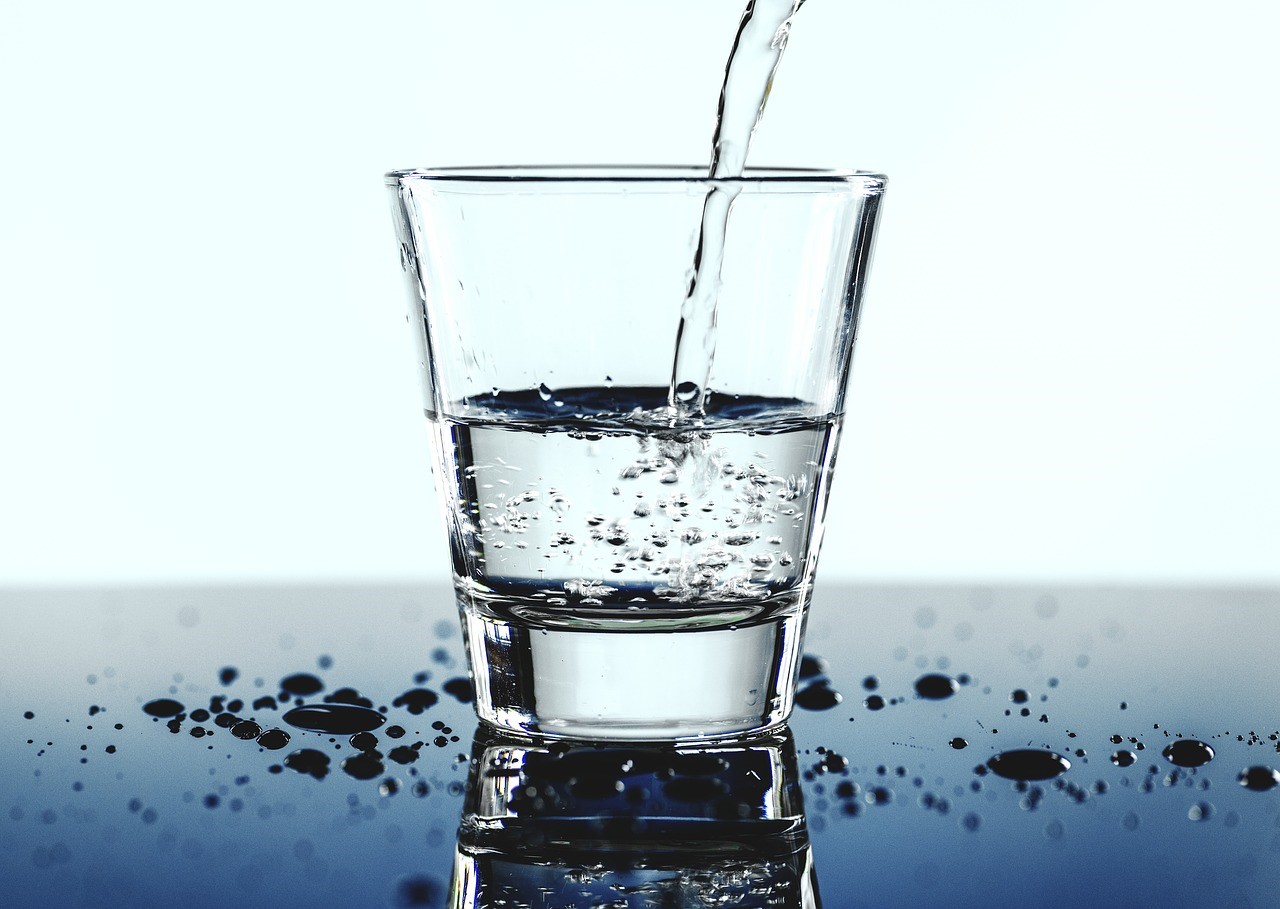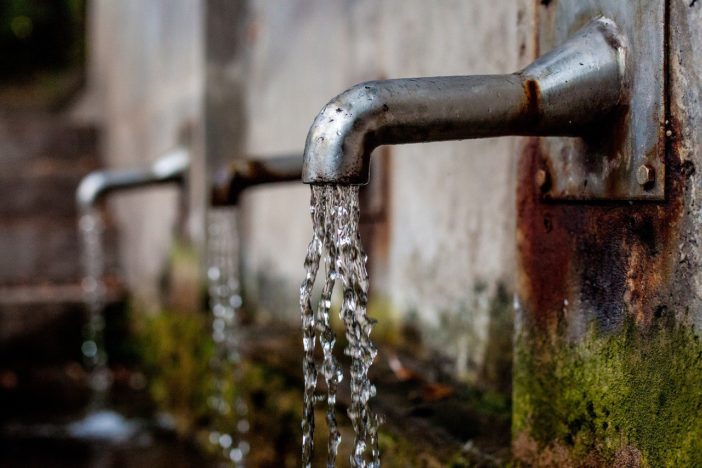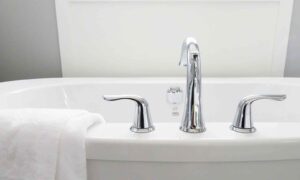Filtered water might look like one of those fancy additions in life that nobody really needs if they live in decent conditions. As long as it has no taste, you are good, right? Filtering and purifying it every single day is something healthy lifestyle bloggers do, right? Wrong.
There are actually two major reasons for why you should invest in this solution: one, the waterway systems are far from perfect, and two, a lot can happen on the way between your city’s main supply and your household taps. You can also read this article to get a better understanding of home filtration systems and water quality in general.
The water supply is constantly exposed to various pollutants, both natural and man-made. Natural pollutants are a lesser problem – these are typically minerals prevalent in a given area.
Man-made pollutants are a bigger issue. These include chemicals for urban water treatment (and the byproducts of those chemicals), industrial contaminants from factory environments, pesticides and fertilizers used in agriculture, as well as a whole bunch of eco-unfriendly substances that are a result of urban life. Some of those substances are personal hygiene and cosmetics products, various medicines, car emissions, and even chipped off bits of roads.
There are discrepancies in the EPA standards
When it comes to water management departments there are two standards set by the EPA by which they need to do their business. One of those standards can be enforced, the other cannot. We will give a brief overview of them both, in a condensed form. If you feel like reading in-depth legal walkthroughs, you can also find more details on EPA’s policies on their official informative page, at this link: https://www.epa.gov/dwregdev/how-epa-regulates-drinking-water-contaminants
The MCLG is the Maximum Contaminant Level Goal. This is the one that cannot be enforced. It refers to the level of a given contaminating agent in the water sample. This value is set at a point where there would be no adverse consequences for the consumers’ health. So for example, if you drink some water that has some amount of iron in it, but the amount is at or below the MCLG value for iron in your geographical area, you have nothing to worry about.
Then there is the standard which can be enforced. That is the MCL – the Maximum Contaminant Level, when interference is legally warranted. This value tends to be, paradoxically, set higher than the MCLG. Does that make no sense to you? Yep, us neither. But even so, there is a certain kind of logic to it.
See, the difference between these two are their founding factors. The MCLG is founded on data regarding health concerns. The MCL is founded on data regarding health concerns plus the data on interference costs. After all, removing some amount of a chemical or even bacterial life from a quantity of water does cost money to execute.
In other words, if the amount of a contaminant in a sample meets the MCL requirement, that means it warrants the expense of removing it – but by then there may already be way too much of it. Tap water in a home, business, or facility might have gone past the MCLG but still be within the “acceptable” MLC levels.
There is a long way to go between the water plant and the house tap
Even if we suppose that your local water tank is squeaky clean on the inside, that the water source has a perfect pH balance and all the right mineral content, and no microscopic life at all, and that the water department in your city or state does a model job – that water will not get to you in the ideal condition.
And why is that? Because it has a ways to go. Between its main processing hub and you as the end user, the water has to go along a complex route. There are plumbing paths, collectors, convergence points, and distribution points to consider. And these places tend to be the perfect breeding ground for various contaminating factors, both living and not.
This is true even for the pipes in your own home. If they are old, things like rust, algae, or calcium carbonate will sediment inside them and be carried in the current. If you have any brass plumbing components, you stand at risk of lead poisoning – lead is a highly dangerous neurotoxin. Moreover, on a neighborhood or city scale, there could very possibly be actual leaden pipes that have still not been decommissioned.
During a repair stint, or due to roadwork, or due to some change in the chemical makeup of the water, these old pipes can leach lead right into it and thus disseminate the hazard all throughout the area.
And this is just one concern. As we mentioned, things like iron (in its oxidized form, that is to say, as rust) and various microlife also proliferate in urban aquatic infrastructure.
So, the next time you smell chlorine in your glass and go to grumble about it, stop to remember – they put it there to keep the disease-spreading bacteria out. Hint: boil water for 10 minutes before drinking for a DIY chlorine-free solution.
By now you are probably already seeing why a proper purifier of your own is a necessary investment. With all the unclear rules and regulations, your best bet is really that old expression: “If you want something done right, you have to do it yourself.” You can get help choosing the right one at a dedicated site, like waterfiltermania.com.
So, at the end of the day, looks can be deceiving even if there is nothing to look at. Your tap water might be colorless, tasteless, and scent-less, but that does not guarantee its cleanliness nor safety.
A good way to put your mind at ease and determine what is what in your home would be to have the water tested by a reputable independent water quality control laboratory.









